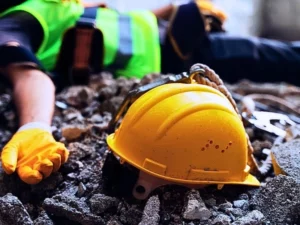Safety leaders face a variety of challenges when trying to maintain workplace safety, increase compliance, and reduce accident rates. Keeping up with changing OSHA regulations, breaking through safety plateaus, providing appropriate PPE, minimizing the impact of workers’ compensation claims, and creating a culture of safety are a few of the most common challenges encountered.

Obstacle #1 – OSHA Changes
OSHA rules continually change. Safety managers are responsible for keeping informed of changes. Recent changes in 2017 require electronically submitting information about workplace injuries and illnesses so that they are made publicly available online. This makes it necessary for businesses to make the investments required to protect employees and prevent injuries.
Obstacle #2 – Getting Past Safety Plateaus
After taking measures to lower accident rates with ongoing training and forming safety committees, businesses might find themselves plateauing. This plateau can be overcome by taking a proactive approach toward preventing injuries and implementing technology to assist in this quest.
Obstacle #3 – Providing Proper PPE
Making sure that employees have all the proper PPE they need to safely do their jobs is a challenge. Supervisors need to be aware that one size does not fit all. Affordable equipment needs to be obtained that will fit employees and keep them protected.
Obstacle #4 – Limiting the Impact of Workers’ Comp Claims
Even the most robust safety program cannot prevent all injuries in the workplace. When an injury does happen, supervisors need to with human resources to mitigate the impact of a workers’ comp claim. To limit the impact, some strategies to use include:
- Monitoring the claim
- Knowing the doctors that the company uses
- Not allowing the claim to become personal
- Staying proactive
- Bringing employees back to work
Obstacle #5 – Creating a Culture of Safety
If a culture of safety does not exist, it makes it almost impossible for a safety program to be effective. Supervisors need to build a culture of safety that allows workers to become empowered and take action toward protecting themselves and their coworkers. A strong culture of safety benefits the business with increased productivity because accident rates and employee turnover are reduced when safety programs are implemented.







